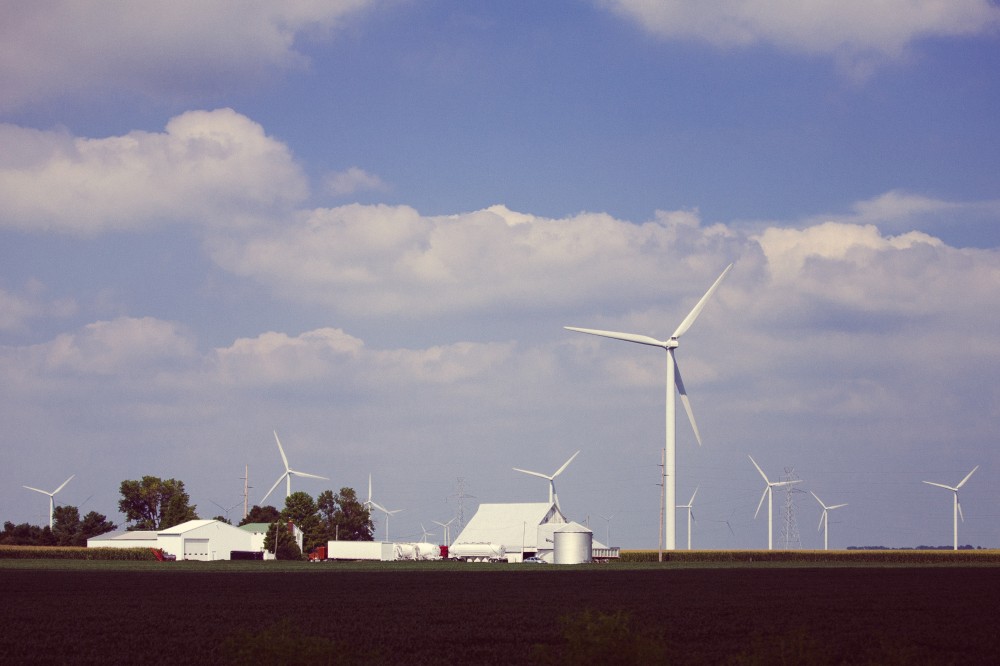
- Sustainable Planet -
- 3mins -
- 124 views
Scotland just proved that wind can power the entire country
Wind turbines in Scotland ‘set new record’ for March, but environmentalists have warned continued political support for onshore wind developments is required if carbon emissions are to be cut.
Wind power in March provided enough electricity to power 136% of Scottish households
Wind turbines in Scotland set a new March record for the total amount of power sent to the National Grid since records began. Analysis of wind power data found for the month of March that turbines in Scotland provided enough electricity to the National Grid to supply the electrical needs of 136% of Scottish households, or 3.3 million homes.
Wind power generated 58% of Scotland’s entire electricity needs for the month
Analysis of wind power data found for the month of March that turbines in Scotland provided 1,240,095 MWh of electricity to the National Grid – enough to supply, on average, the electrical needs of 136% of Scottish households, or 3.3 million homes.
- This represents an increase of 81% compared to that of March 2016, when wind energy provided 684,632 MWh.
- The 1,240,09 5MWh of electricity sent to the National Grid by wind farms in Scotland represents a new record for an entire month of March.
- The previous highest recorded March output figure was in 2015, when 1,006,018 MW was sent to the grid.
- Scotland’s total electricity consumption, including homes, business and industry, for March was 2,146,872MWh.
Wind power therefore generated the equivalent of 58% of Scotland’s entire electricity needs for the month.
Source: scotsman.com Main Photo: Siemens

Separate energy report predicts that coal, gas, and oil will peak by 2025
An energy report predicts that coal, gas, and oil will peak by 2025. After that, it seems it’s all downhill for fossil fuels.
According to the report from Bloomberg New Energy Finance, released last June, renewables will likely be generating cheaper energy by 2027 than existing coal, gas, and oil refineries.
The study says that electric vehicles could potentially make up 25% of the global car fleet by 2040, and it goes on to add that zero-emission energy sources will likely make up 60% of our installed capacity.
Specifically, wind and solar will account for 64% of the 8.6TW [1 Terawatt = 1,000 Gigawatts] of new power generating capacity added worldwide over the next 25 years, and for almost 60% of the $11.4 trillion invested.
Source: Futurism

Trillions more required to bring emissions in line with the United Nations 2° Celsius climate target
“Some US$ 7.8 trillion will be invested globally in renewables between 2016 and 2040, two-thirds of the investment in all power generating capacity, but it would require trillions more to bring world emissions onto a track compatible with the United Nations 2° Celsius climate target,” says lead researcher Seb Henbest.

